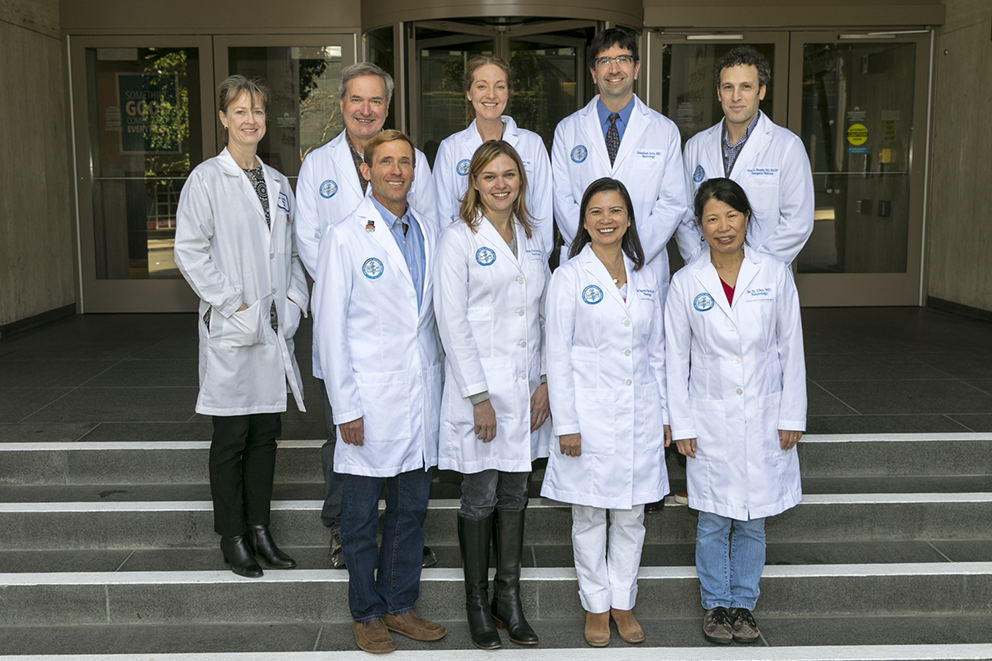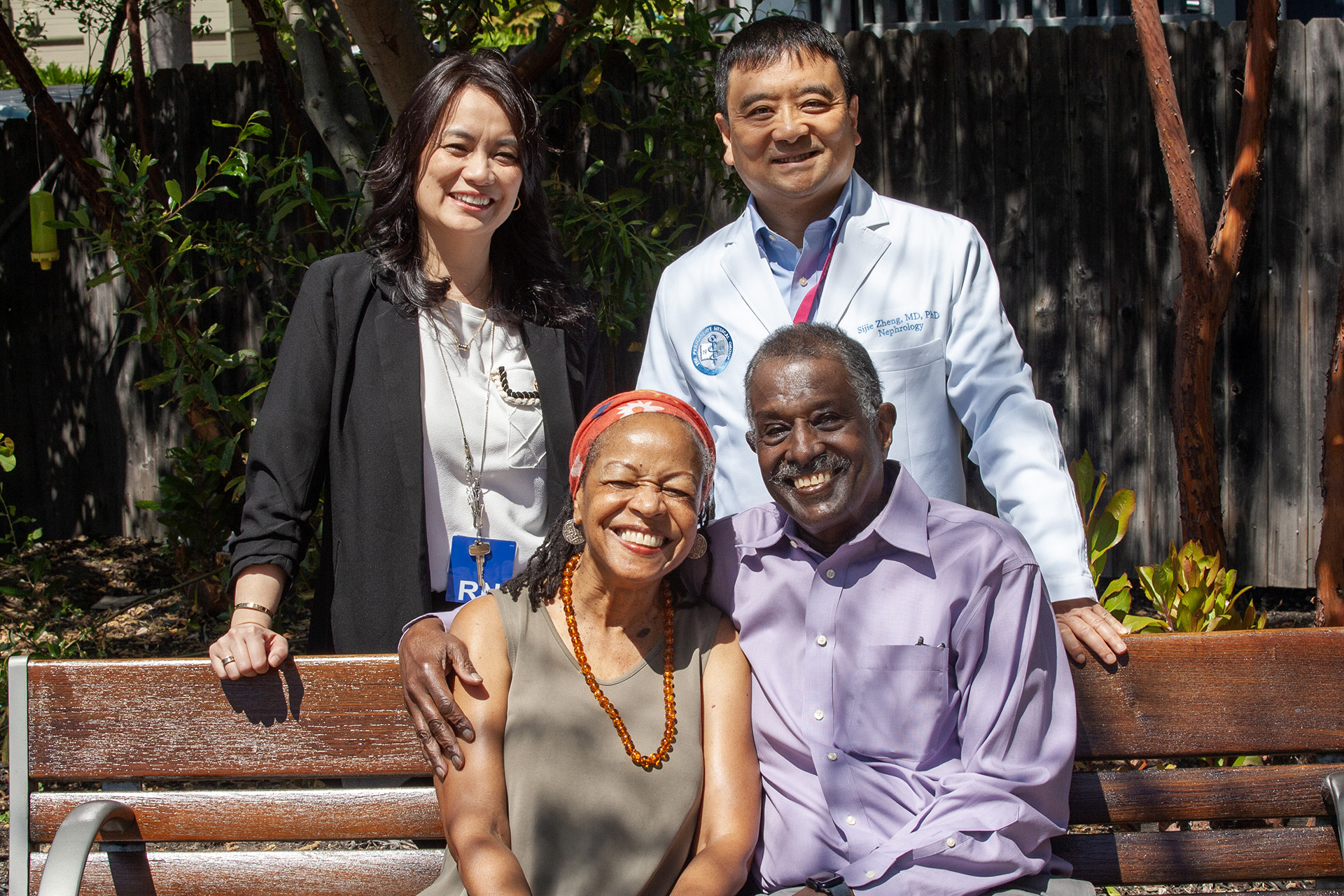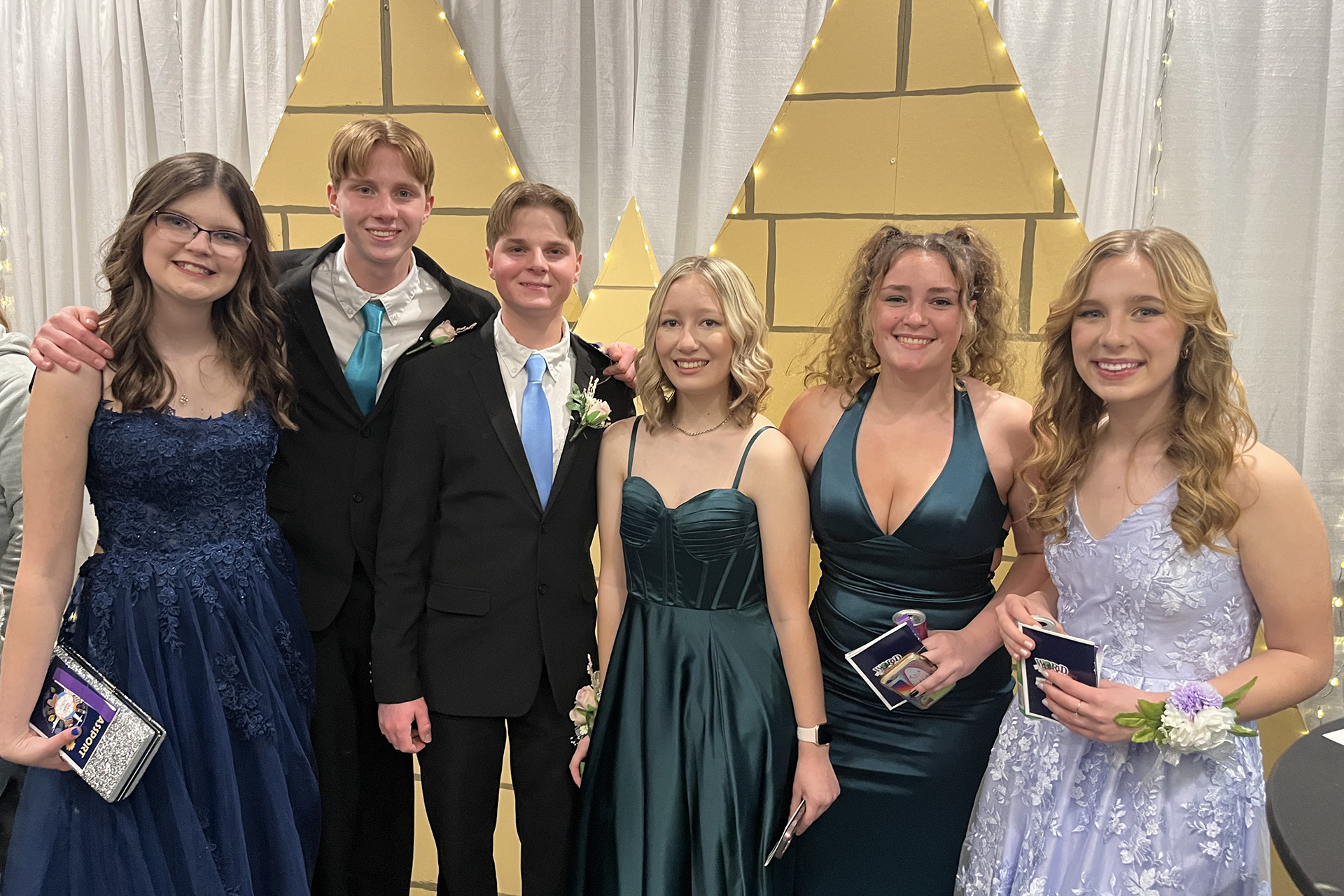“Your focus determines your reality.” – Qui-Gon Jinn, Jedi Master
Star Wars mania was in full swing in 2015 when Mai Nguyen-Huynh, MD, MAS, regional medical director for primary stroke in The Permanente Medical Group, recruited a dozen neurologists from around Kaiser Permanente’s Northern California region to figure out faster and more efficient ways to treat acute ischemic stroke.
The team’s goal was a new protocol for delivering a clot-busting medication called alteplase to possible stroke patients brought into Kaiser Permanente’s 21 Northern California emergency departments.
“We decided that we were the Kaiser Permanente Stroke FORCE, which stands for Fast Operating Remote Cerebrovascular Experts,” Dr. Nguyen-Huynh said. “And we were all alteplase-wielding Jedi masters.”

Delivering Alteplase at Lightspeed
Also known as intravenous r-tPA, alteplase is the only medication approved by the U.S. Food and Drug Administration to treat acute ischemic stroke — caused by a clot that restricts blood flow to the brain.
“Alteplase is like a Death Star aimed at that clot,” said Kaiser Permanente neurologist Kevin Sawchuck, MD, a member of the Stroke FORCE team.
Dr. Sawchuk was inspired to join the team after his own mother, Juanita, had a stroke.
“She received alteplase within about 40 minutes,” Dr. Sawchuk said. “I realized that without this treatment, my mom would be in a nursing home. She would have a very different life. With this medication, her next 5 to 10 years are going to be substantially better.”
Stroke EXPRESS
The key to the new protocol was ensuring that all the steps that must occur when a stroke patient arrives in the Emergency Department happen — to the greatest extent possible — in parallel, rather than one after another. The team called the new protocol Stroke EXPRESS, for EXpediting the PRocess of Evaluating and Stopping Stroke.
“No single step should delay delivery of the medication,” said stroke neurologist Molly Burnett, MD, a member of the Stroke FORCE team who is now its “captain.”
Now, when paramedics send an advance alert to a Kaiser Permanente community hospital that a possible stroke patient is on the way, local emergency, telestroke radiology, and pharmacy staff all swing into action.
“It takes everyone to make sure the engine of the starship is running properly,” Dr. Nguyen-Huynh said.
At the helm, a specially trained neurologist from the Stroke FORCE Team is on call from 7 a.m. to midnight, 7 days a week. The Stroke FORCE neurologist uses videoconferencing to examine the patient remotely, read their scans, and ensure that the hospital-based team can safely administer alteplase to the patient.
The results were remarkable: According to research published by the team in 2017, “door-to-needle times” for alteplase averaged just 34 minutes within 9 months of the implementation of the Stroke EXPRESS protocol. That’s more than twice as fast as the national average.
‘We Can Always Do It Better’
The Stroke FORCE team, which has expanded to nearly 20 neurologists, faces ever-evolving challenges in the galaxy of stroke treatment.
The two main treatments that the team evaluates stroke patients for are alteplase, the clot-busting medication, and thrombectomy, in which the clot is physically removed. Research has now shown the effectiveness of thrombectomy for up to 24 hours after a stroke happens for certain patients, greatly expanding the need for the team’s evaluations to be available 24 hours a day.
So, what does it take to be a Stroke FORCE Jedi?
“First and foremost, someone who is absolutely committed to providing acute care rapidly and safely to stroke patients anywhere in Northern California,” Dr. Nguyen-Huynh said. “They must believe in the power of the FORCE in helping to limit disabilities in our patients, and that we can always do it better.”





This Post Has 2 Comments
This article states that a neurologist from the STROKE Force is on call from 7am to Midnight. What happens to patient care from midnight to 7am. Is this support not available during that time?
Telestroke is currently only available from 7 a.m. to midnight. Between midnight to 7 am.., fewer stroke alerts take place and they are handled by local on-call neurologists. Telestroke is expanding services to cover all stroke alerts 24/7 by the end of 2018.